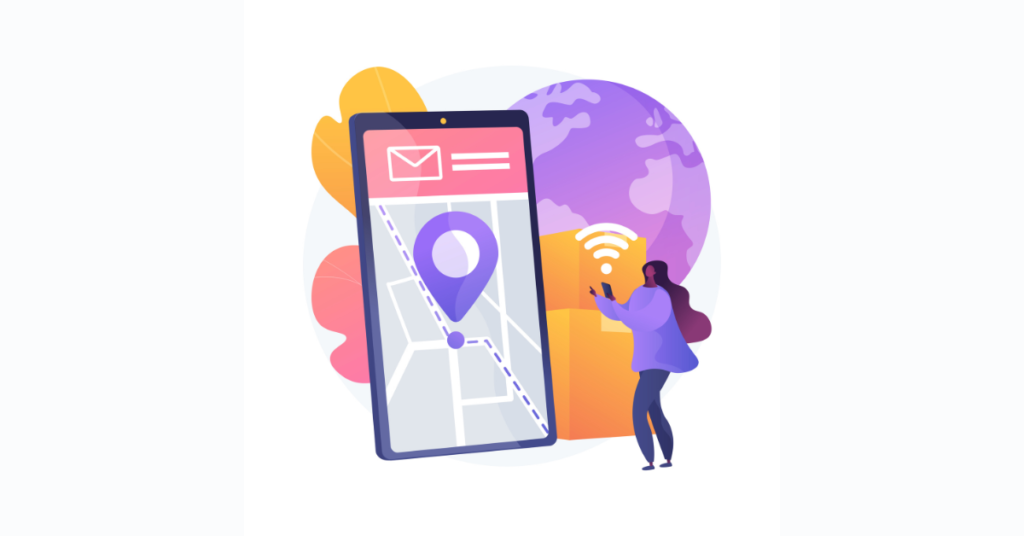Leveraging Geofencing in HRMS: Enhancing Attendance and Employee Management

In today’s fast-paced work environment, organizations are constantly seeking innovative ways to streamline HR processes and enhance employee management. One such technology that is gaining traction is geofencing, a location-based service that allows HR departments to create virtual boundaries around specific areas. When integrated into Human Resource Management Systems (HRMS), geofencing can significantly enhance attendance tracking, employee safety, and overall workforce management. This blog explores how geofencing is transforming HRMS and improving various aspects of employee management.
1. Enhanced Attendance Tracking
Geofencing can revolutionize attendance tracking by providing a more accurate and automated method of recording employee check-ins and check-outs. By setting up virtual boundaries around the workplace, HRMS can automatically detect when an employee enters or leaves the designated area. This eliminates the need for manual sign-ins and reduces the risk of errors and buddy punching.
For remote or field-based employees, geofencing can ensure that they are present at the required locations during working hours. This level of precision not only improves attendance accuracy but also provides valuable insights into employee productivity and work patterns.
2. Improved Employee Safety
Employee safety is a top priority for any organization, especially for those with field-based or remote workers. Geofencing can be used to monitor the safety of employees by setting up virtual boundaries around high-risk areas. HRMS can send real-time alerts to both the employee and the HR department if an employee enters a restricted or unsafe zone.
Additionally, geofencing can be used to track the movement of employees during emergencies, such as natural disasters or security threats. This ensures that HR can quickly locate and assist employees, enhancing overall safety and peace of mind.
3. Optimized Workforce Management
Geofencing can provide valuable data for optimizing workforce management. By analyzing employee movement patterns and attendance records, HR can identify trends and make data-driven decisions. For example, geofencing data can help HR determine the optimal number of employees needed at different locations during peak hours, reducing overstaffing and understaffing issues.
Moreover, geofencing can be used to manage shift schedules more effectively. HRMS can automatically assign shifts based on employee location and availability, ensuring that the right employees are present at the right time and place.
4. Enhanced Employee Engagement
Geofencing can also play a role in enhancing employee engagement by providing real-time feedback and recognition. For example, HRMS can send automated notifications to employees when they enter or leave the workplace, acknowledging their punctuality and attendance. This positive reinforcement can boost employee morale and encourage consistent attendance.
Additionally, geofencing can be used to create virtual boundaries around employee wellness zones, such as gyms or relaxation areas. HRMS can track employee usage of these zones and provide incentives or rewards for participation, promoting a culture of well-being and work-life balance.
5. Compliance and Regulatory Monitoring
Geofencing can help organizations ensure compliance with labor laws and regulations by providing accurate and verifiable attendance records. For example, geofencing data can be used to track employee hours worked, ensuring compliance with overtime regulations and wage laws.
Moreover, geofencing can be used to monitor compliance with health and safety regulations, such as social distancing protocols during pandemics. HRMS can set up virtual boundaries around workstations and common areas, sending alerts if employees violate these protocols.
6. Integration with Other HR Systems
Modern HRMS solutions are designed to integrate seamlessly with other HR systems, such as payroll, time-tracking, and benefits administration. Geofencing data can be automatically synced with these systems, providing a unified and comprehensive view of employee management.
For example, geofencing data can be used to calculate accurate payroll, manage time-off requests, and track employee benefits usage. This integration not only improves accuracy but also reduces the need for manual data entry and reconciliation.
Conclusion
Geofencing is a powerful tool that is transforming HRMS by enhancing attendance tracking, employee safety, workforce management, employee engagement, compliance, and system integration. By leveraging geofencing, organizations can create a more efficient, accurate, and employee-friendly work environment.
As technology continues to evolve, geofencing will play an increasingly important role in shaping the future of work. HR departments that embrace this innovative technology will be better equipped to manage their workforce effectively, ensuring compliance, enhancing employee well-being, and driving organizational success.
Share :
